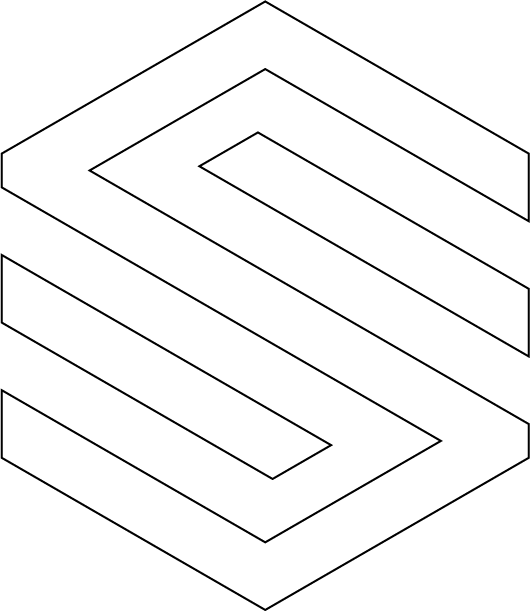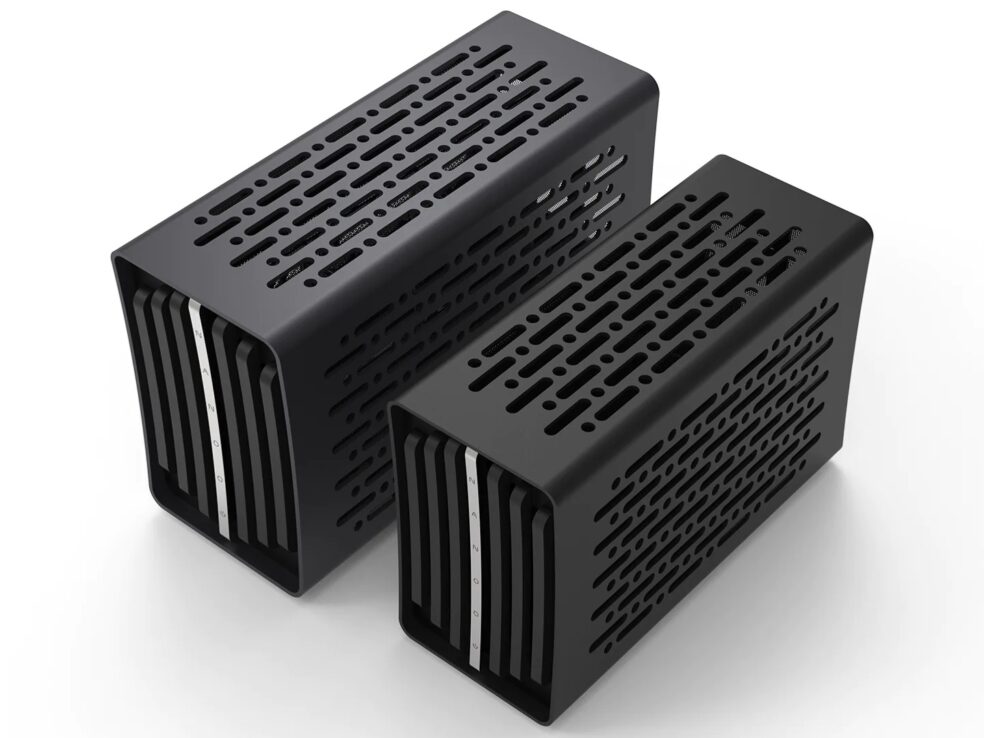The NANOQ S (11L) and NANOQ R (16L) are the latest Mini-ITX cases from Thor-Zone. NANOQ series cases are small unibody; sandwich layout ITX cases. The case shell is constructed of excruded aluminium, with milled out ventilation. Pricing starts at US$349 for S and US$399 for the R, which includes delivery fee. The NANOQ cases are expected to release in early Q2 2024. Check out the official product page for more info.
SPECIFICATIONS



| MODEL | NANOQ S | NANOQ R |
| OVERVIEW | NANOQ S is 11L unibody shell ITX case with shiftable internal spine. The case spine can be positioned anywhere within min/max clearance range. | NANOQ R is 16L unibody shell ITX case with shiftable internal spine. The case spine can be positioned anywhere within min/max clearance range. |
| MATERIALS | Aluminium (external, anodised), Stainless Steel (internal frame), Walnut (optional) | Aluminium (external, anodised), Stainless Steel (internal frame), Walnut (optional) |
| DIMENSIONS | 355×141×226mm (L×W×H) | 407×164×245mm (L×W×H) |
| VOLUME | 11 Litres (volume calculation includes front & rear concaves) | 16 Litres (volume calculation includes front & rear concaves) |
| COLOURS | Carbon, Graphite, Moonstone | Carbon, Graphite, Moonstone |
| CASE I/O | Power Button | Power Button |
| MOTHERBOARD SUPPORT | Mini-ITX | Mini-ITX |
| COOLER CLEARANCE | – 51mm max height with 3 slot GPU or 61mm thick – 71mm max height clearance with 2 slot GPU or 43mm thick | – 51mm max height with 4 slot GPU – 91mm max height clearance with 2 slot GPU or 43mm thick |
| RISER CABLE | PCIe 4.0 X16 | PCIe 4.0 X16 |
| GRAPHHICS CARD COMPATIBILITY | 327×63×158 (max graphics card thickness depends on CPU cooler clearance, 168mm max GPU height clearance available, but reduces total AIO / fan clearance from 42mm to 32mm) | 378×83×165 (max graphics card thickness depends on CPU cooler clearance, 175mm max GPU height clearance available, but reduces total AIO / fan clearance from 53mm to 43mm) |
| CASE FANS SUPPORTED | – Top: 2x 120mm – Side: 1x 120mm | – Top: 2x 120/140mm – Front: 1x 120/140mm |
| LIQUID COOLING SUPPORT | – Top: 1x 240 (total available clearance 43mm above motherboard, 53mm above PSU) – Side: 1x 240mm (dual radiator setups require 3D printable side radiator bracket and single slot GPU waterblock required, waterblock thickness can affect total available radiator width) | – Top: 1x 240/280 (total available clearance 53mm) – Front: 120/140 (27mm radiator + 25mm thick fan, leaves 324mm of available for GPU length) – Side: 1x 280 (dual radiator setups require 3D printable side radiator bracket and single slot GPU waterblock recommend, waterblock thickness can affect total available radiator width) |
| POWER SUPPLY SUPPORT | SFX / SFX-L (SFX-L not recommended) | SFX / SFX-L (flipable PSU, upside-down) |
| 2.5″ / 3.5″ DRIVES SUPPORTED | N/A | N/A |
| OPTIONAL ADDONS | – Handles (vertical orientation or carrying) – Lightrays (RGB) – Carbon Front (black front column) – Walnut Front (7 front columns in walnut, unique for each case) – Asetek AIO (240 for NANOQ S, based on their latest iteration, including brackets for AM4/5 and LG1700) | – Handles (vertical orientation or carrying) – Lightrays (RGB) – Carbon Front (black front column) – Walnut Front (7 front columns in walnut, unique for each case) – Asetek AIO (280 for NANOQ R, based on their latest iteration, including brackets for AM4/5 and LG1700) |
BUILD #1






| CASE | NANOQ S (Graphite) |
| MOTHERBOARD | Rog Strix B650E-I Gaming WiFi (paid link) |
| CPU | R7 7800X3D (paid link) |
| CPU COOLER | CoolerMaster Atmos 240 (paid link) |
| GPU | RTX 4080 Super FE (paid link) |
| PSU | Extreme 850R / Corsair SF750 (paid links) |
| CABLES | Unsleeved (CableMod) |
| RAM | 32GB Gskill S5 DDR5, 6000MHz, CL30 (paid link) |
| STORAGE | 1TB + 2TB NVME (paid links) |
| CASE FANS | NF-A12x25 chromax.Black + NF-A12x15 chromax.Black (paid link) |



It’s important to note that we tested a preproduction unit, so some or all issues mentioned may not appear in the final retail unit. Case machining and surface quality was excellent, even on our early sample. While we tried out air cooling, we simply can’t recommend it over an AIO, outside of dual slot GPUs. Custom length cables are a must when using in the NANOQ S. We recommend using an AIO with 400mm tube length and low profile pump block below 53mm. This will alleviate awkward / difficult tube routing on some motherboards. Installing 120x15mm exhaust fan at front of the case provides negligible improvement to GPU thermals, however will help exhaust heat that would otherwise pass through AIO radiator. You will need to be extremely careful when using the case with 3 slot GPU. The unibody case shell fits within mm’s of GPU, causing micro scrape/scratches to the surface of the GPU frame while sliding it on/off, as it did with our 4080 Super FE. This isn’t a concern with cards less than 60mm thick. We also had slight issue with PSU angling outwards, causing it to also catch and scrape inside of the unibody shell. This was due to utilising the max available space and the spine bar the PSU attaches to slightly rotating. Tightening up the screws, still wasn’t enough to prevent this entirely. Both of these issues somewhat overshadowed our experience using the NANOQ S. Thankfully, Thor-Zone is dedicated to improving and evolving its products, so we look forward to the quality of life changes and improvements to be implemented in the final retail units.
CONCLUSIONS
The NANOQ cases from Thor-Zone are two of the more unique boutique ITX cases, both aesthetically, and functionally. They are also some of the more expensive cases once you account for import fees where applicable. There are questions to be asked about whether Thor-Zone has learned from the failures of the Mjolnir case. We’ll have to wait for cases to enter the hands of the public, but Thor-Zone appears to be making genuine effort to improve the cases and listening to feedback from the community. While we had no personal experience with Mjolnir, you don’t have to look far to notice that public sentiment is overall low.

